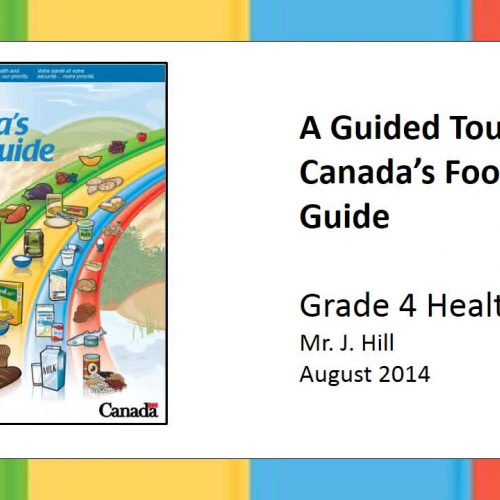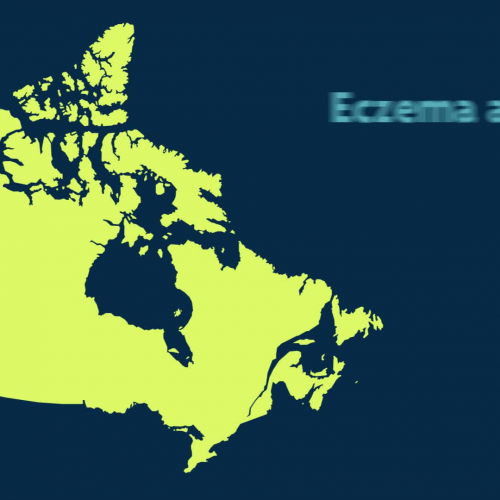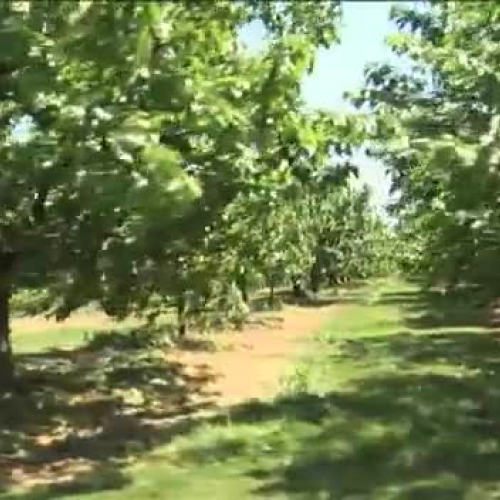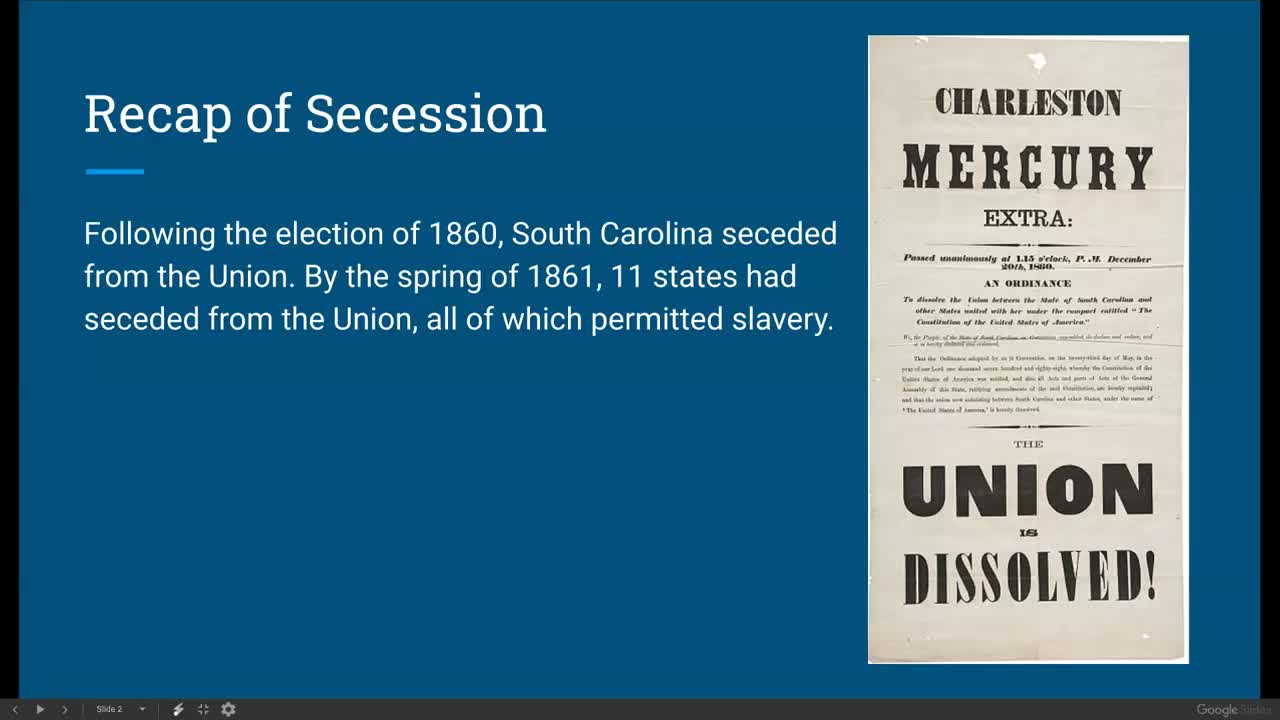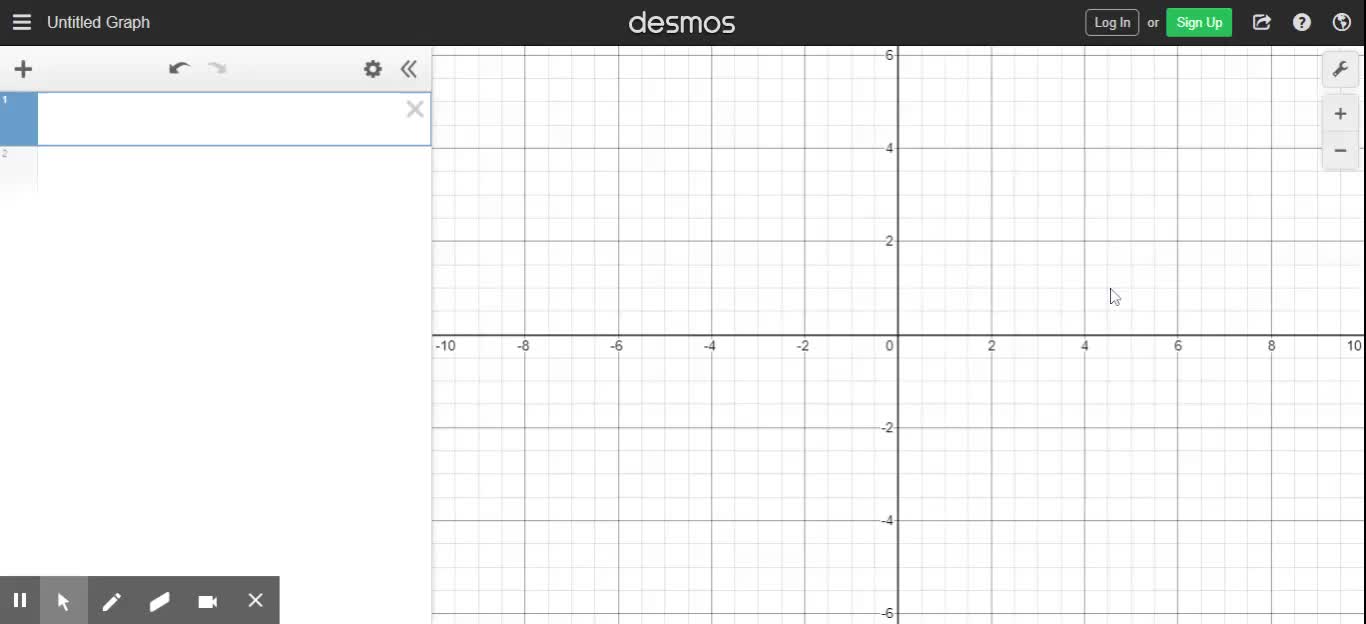Canadian Food Guide
High School / History / Canadian History
The Canada food guide describes the amount and types of food that make up a healthy diet, following Canada's food guide can help you get energy to do what you want gives you stronger muscles and bones gives your body enough vitamins, minerals, and other nutrients helps you maintain a healthy weight, helps you reduce your risk of obesity, type two diabetes, high blood pressure, heart disease, osteoporosis, and certain types of cancer. Canada's food guide doesn't include a birthday cake, but maybe it could for this occasion. The iconic pamphlet is turning 70. Over the years, it's had new names, new looks, and new messages, but it's never wavered from its original purpose. Get Canadians to eat healthy. But just how handy and helpful is today's food guide. The CBC's Melanie AG found a family that was up to a challenge. 6 o'clock, home for more. All right, here's the chicken. Here you go. But there's no time to wrap dinner needs fixing and fixing fast. The kids need to be out the door and off. The swimming muscle. Meet the chens. Mary, Jim and their children, Molly and Matthew. Like many today, a family on the run. So stir it up. Do you think that's in their mad dash of daily life? Swimsuit goggles in your hat. Meal planning isn't always a priority. Okay, you guys ready? Just how healthy are the Chen's eating? Let's get going. I want to make sure you have all your stuff, right? To figure that out, we grab Canada's food guide. That colorful handout designed to help people choose their food more wisely. They each and family. I have a challenge for you. I want you to follow cannabis we got. The chins will have to follow the guide to a tee for at least 72 hours. What do you think? Okay. All right. Sure. Okay, but before you say you're fully up for the challenge, I just want to know, when's the last time? You looked at this. Dad? Forever. Not so familiar with the food guide. Don't worry, Jen family. You're not alone. I've heard of it, but I haven't actually looked at it. No, I don't know if it's a magazine or. Is that the Ontario food land? Canada's food guide is a daily eating plan that uses colors to group and highlight nutritious foods, also listed, recommended number of servings and their sizes. It's been around since 1942. Canadian tanks were brought up in strength. It was a time of war, but also a time of want. Poor access to good nutritious food led to malnutrition throughout the country. The government responded by creating a national nutrition program. Ian Mosby is a food historian. Back then, he says the food guide was called Canada's official food rules. The key message of the food rules was really about the war effort and about Canadians being strong enough and healthy enough to fight a war. Part of their goal was convincing Canadians to eat more. Things like whole grains, milk, fresh fruits, fresh vegetables. With the end of the war, Canadians died improved, but that didn't mean it was time to get rid of the food guide. It was no longer about malnutrition. It was now about instructing the housewife on how she should feed her family. I want to find carrots, spinach, broccoli. Green beans, even yellow turning. The food guide has undergone a number of revisions over the last 70 years. Today it comes in over 12 languages and is 6 pages long. Vegetables and fruit, 6 grains of there's also an interactive web tool where people can get personalized recommendations. Two days into their challenge, what do the chens think of the guide? We gave them a video camera to track their progress. So how much milk am I doing? Am I giving you too much? What does it say they were around meat and vegetables? How much is a portion? So do you think that's one baseball? I think that's one basic. I guess. Sounds like the chens are struggling when it comes to figuring out actual serving sizes. I have to tell you what was what was interesting was trying to figure out how much a service size was. Look critics of the guide say most people have no idea how to use it properly, that they're often left confused by counting grams, cups announces rather than making and enjoin healthy food. I think the guide is there so that your family can understand what a serving is Mary Bush says the food guide is not meant to be a strict diet plan. It's supposed to be a road map to eating healthier. Bush should know. She oversaw the development of the last three. What the food guide does is lay out a pattern of eating based on the best evidence we have around what matters for health, both adequate nutrients, as well as trying to limit access to prevent chronic disease. Obesity in Canada is a health concern. It's estimated about 60% of Canadians are at an unhealthy weight, and that's led to more cases of diabetes hypertension and cardiovascular disease. Critics say food guide advice doesn't go far enough. It doesn't scream out what not to eat, such as foods high in calories, sodium, and sugar. All things that can shorten your life. Bill Jeffrey is a food policy expert who has studied the food guide for years. Calories in sodium are both mentioned in the food guide in some in several places, but it's not underscored how critical it is to control those and one real deficiency in the food guide is not moving the very important information to the headlines. They kind of relegated to almost a defined print. Lots of people expect that just putting out a food guide is going to change people's eating habits that there's going to be a massive sea change in what people are reading. It was never intended to be that. It's there to provide to those who are wanting to consume a pattern of eating that makes sense. The information that's needed. So what about the Chen family? How did the food challenge go? It went pretty well. Part the chens followed the guide for over a week. Much longer than we asked them to. I think the big challenge is knowing what a portion is knowing the size of how much you can need for certain things. But you are, you are going to try to keep at it. I think so. I can't see why not. Yeah. Sure it wasn't always easy, but in the end, they all agreed that Canada's food guide did help them make healthier choices. Cheers. Yeah. Melanie, CBC news, Toronto. Well, back in 1942, Canada's official food rules were summed up in one page. And it wasn't even in color. And by today's standards, some of the rules are interesting. They recommended one serving of potatoes every day. They also said to be sure to eat four to 6 slices of bread, either white or brown, and a daily serving of meat or fish, and liver, heart, or kidney once a week. Having the amount and type of food recommended and following the tips in Canada's food guide will help, meet your needs for vitamins, minerals, and other nutrients, as well as contribute to your overall health and vitality. The recommended number of food guides servings per day for children ages 9 to 13 girls and boys are vegetables and fruit, 6 servings, grain products, 6 servings, milk and alternatives, three to four servings, and meat and alternatives one to two servings. Following Canada's food guide helps children grow and thrive, young children have small appetites and need calories for growth and development. Children need to eat small nutritious meals and snacks each day. Children must not restrict nutritious foods because of their fat content, rather they need to eat a variety of foods from the four food groups. Vegetables and fruit, eat at least one dark green and one orange vegetable each day, go for dark green vegetables such as broccoli, lettuce, and spinach. Go for orange vegetables such as carrot, sweet potatoes, and squash. Choose vegetables and fruit prepared with little or no added fat, sugar, or salt. Enjoy vegetables steamed, baked, or stir fried instead of deep fried. Have vegetables and fruit more often than you have juice. Grain products make at least half of your grain products whole grain each day. Eat a variety of whole grains such as barley, brown rice, oats, quinoa, and wild rice, enjoy whole grain breads, oatmeal, or whole wheat pasta, choose grain products that are low in fat, sugar, or salt, compared the nutrition facts table on labels to make wise choices. Enjoy the true taste of green products. When adding sauces are spreads, use small amounts. Milk and alternatives drink skim 1% or 2% milk each day, have 500 mL or two cups of milk every day for adequate vitamin D, drink fortified soy beverages if you do not drink milk, select lower fat milk alternatives compare the nutrition facts table on yogurts or cheeses to make wise choices. Meat and alternatives have meat alternatives such as beans, lentils, and tofu often, eat at least two food guides servings of fish each week. Choose fish such as char, herring, mackerel, salmon, sardines, and trout, select lean meat and alternatives prepared with little or no added fat or salt. Trim the visible fat for meats, remove the skin on poultry, use cooking methods such as roasting, baking, or poaching that require little or no added fat. If you eat luncheon meats, sausages, or pre packaged meats, choose those lower in salt or sodium, and also lower in fat, another important step towards better health and a healthy body weight is to follow Canada's food guide by, eating the recommended amount and type of food each day and limiting foods and beverages high in calories, fat, sugar, or salt, such as cakes and pastries, chocolate, and candies, cookies and granola bars, donuts and muffins, ice cream and frozen desserts, French fries, potato chips, nachos, and other salty snacks, fruit flavored drinks, soft drinks, sports, and energy drinks, and sweetened hotter cold drinks. Some other healthy tips are have breakfast every day. It may help control your hunger later in the day, walk whenever you can, get off the bus early or use the stairs. Benefit from eating vegetables and fruit at all meals and a snacks. Spend less time being inactive, such as watching TV or playing computer games, request nutritional information about menu items when eating out to help you make healthier choices. Enjoy eating with family and friends. Take time to eat and savor every bite, as well, drink water regularly. It's a calorie free way to quench your thirst. Drink more water and hot weather or when you are very active. To be active every day as a step towards better health and a healthy body weight. It is recommended that adults accumulate at least two and a half hours of moderate to vigorous physical activity each week, and that children and youth accumulate at least 60 minutes per day. You don't have to do it all at once, choose a variety of activities spread throughout the week, start slowly and build up.
